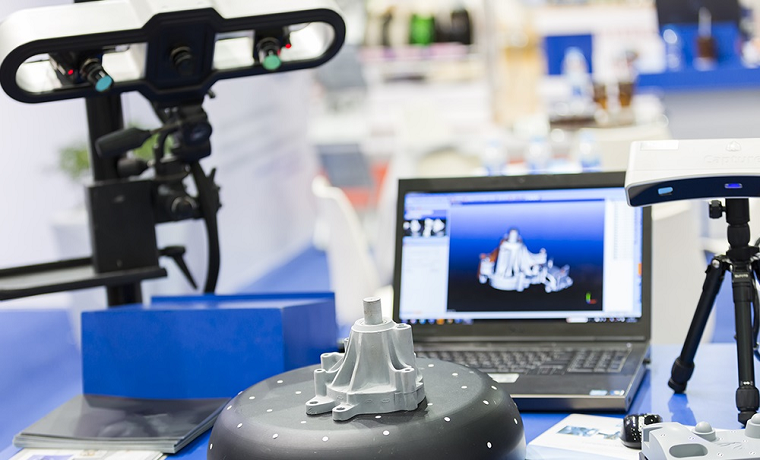Is your business interested in buying a 3D scanner? If so, you aren’t alone, as these are now an integral part of many business processes.
Researchers, product designers, engineers, and others use 3D scanners as a more efficient and faster way to begin building digital models. Once a 3D printer is used to create something, the 3D scanner can support quality control while verifying the accuracy of the part.
The scanner can also be used to show how a part is performed after use or to reveal areas where you need to reinforce your design.
Keep reading to learn more about 3D scanners and how to find one that will suit the needs of your business.
1. Repeatability, Accuracy, and Resolution
Repeatability, accuracy, and resolution play a huge role in the cost of your 3D scanner. Usually, in the instance of this equipment, you get what you pay for.
For example, more expensive 3D scanners are priced higher because they likely produce higher quality scan data.
There are three main things to consider when considering the output of a 3D scanner. These include:
Repeatability
How close can the scanner get the same results each time it is used?
Accuracy
How does the measurement point captured by the scanner compare to the real value?
In the real world, there is always some level of measurement uncertainty. You have to figure out how much uncertainty you are good with.
If you need high levels of accuracy, you will likely need to spend more on a 3D scanner.
Resolution
How many measurement points will your 3D scanner collect in one scan? More expensive models will usually collect more data points than cheaper scanners.

2. Consider the Seller
When you start searching online, you will find a broad range of 3d model scanner equipment. However, before choosing one, it is important to consider the seller or manufacturer of the equipment.
Take some time to read online reviews to see what users of the scanner say about it and the company that makes it. Also, does the company provide sufficient support?
These are factors you need to consider before making a purchase.
3. Coverage and Volume
The area a 3D scanner captures varies from one device to another. It’s important to find a scanner that fits your resolution and size requirements.
If you choose a handheld 3D scanner, you can move it around an object manually. There are also fewer size constraints than desktop models.
Most of the more affordable scanners can capture items ranging from the size of a basketball to a whole room. Higher-end devices offer a bigger range and more precise measurement.
A handheld 3D scanner can also capture objects almost instantly. This makes them an ideal tool for human measurements needed for medical applications or ergonomics.
If there is part of the model that the scanner can’t see, it will create a gap. It is possible to repair small sections using scanning software to create your 3D printable model. Just note that most repaired areas are not completely accurate.
Some modern scanners also use turntables. These help to increase what the scanner can see.
The turntable’s sophistication impacts how completely something is captured. More expensive 3D scanners will have the ability to move an item around several axes and image it from various angles.
This is an important feature if you are reverse engineering something with deeper ribs or holes, which cannot be captured from one angle.
4. Training Requirements
You need to consider how long it will take you to learn how to use the scanner. How much time will you have to spend training before you can produce the best, most accurate results with the scanner you purchase.
Also, consider how easy the scanning process will be. For example, is it necessary to add markers to the item being scanned? Can the scanner keep track of the object without markers?
The easier the scan process is, the faster your workflow will be. This makes a huge difference in industries where “time is money.”
5. Speed
As mentioned above, if you work in an industry where time is money, it is important to consider the speed of a 3D scanner.
When discussing speed, it refers to how quickly the 3D scanner can capture an item or object.
The way that speed is measured will vary based on the integrated technology used by the device. For example, if you choose a structured 3D scanner, speed is determined by the number of frames and points that are captured each second.
Some of the more advanced, higher-end white light 3D scanners only need one second to capture two million points and make 16 frames of an object.
When you choose a fast 3D scanner, you can capture any item quickly. This helps eliminate additional costs while boosting overall productivity.
Now You Know What to Consider When Buying a 3D Scanner
When you are considering buying a 3D scanner, be sure to consider the factors above. These are the things that will help you find the best scanner for your needs and the job you are doing.
Keep in mind that there are many types of 3D scanners to choose from, so taking time to find the right one for your project or process is a must.
Are you looking for additional information about design technology? If so, be sure to check out some of the other blogs on our site.

